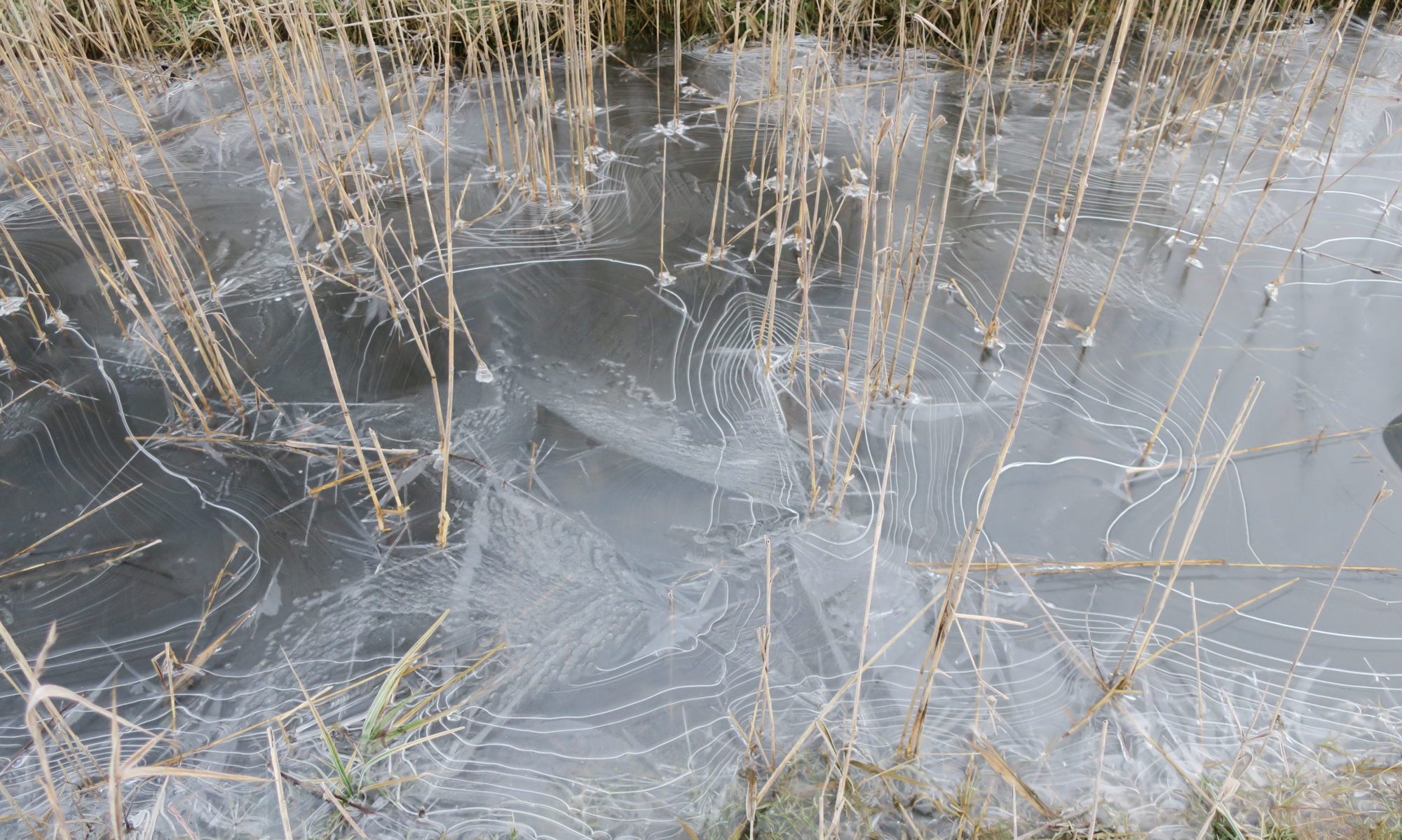The Yare River Valley and the Wensum River Valley are the two strategic green infrastructure corridors of Norwich. Proposed developments continue to threaten their effectiveness in providing habitat and free movement for wildlife. One threat is the building of roads across the valleys. An additional road across the Yare Valley has been mooted, but there is no definite plan as yet. A new road across the Wensum is now under consideration to carry the Norwich Western Link. A planning application (FUL/2024/0022) for the Link has been submitted, and it is out for public consultation until 18th August 2024 (recently extended to this date).
Norfolk Wildlife Trust, CPRE, Friends of the Earth and Buglife are have joined with other environmental organisations to condemn the proposals because of the ecological destruction that can be expected to occur. Natural England has sought assurance from the developers Norfolk County Council that a nationally important habitat for a protected species of bat will not be damaged. Whether Norfolk County Council can give such an assurance seems in doubt, but the Council have, none the less, gone ahead with a planning application for the road.
Grounds for objection are detailed by the “Stop the Wensum Link” campaign.
Concern has also been expressed that the route is designed only for motorised vehicle use (or fearless cyclists) with little or no provision for more sustainable means of travel such as walking and cycling. There is no effective shadow route for non-motorised users.
The issues are complex, but if you wish to speak up for our green wildlife corridors and/or sustainable travel, go to the plans and consultation website.





